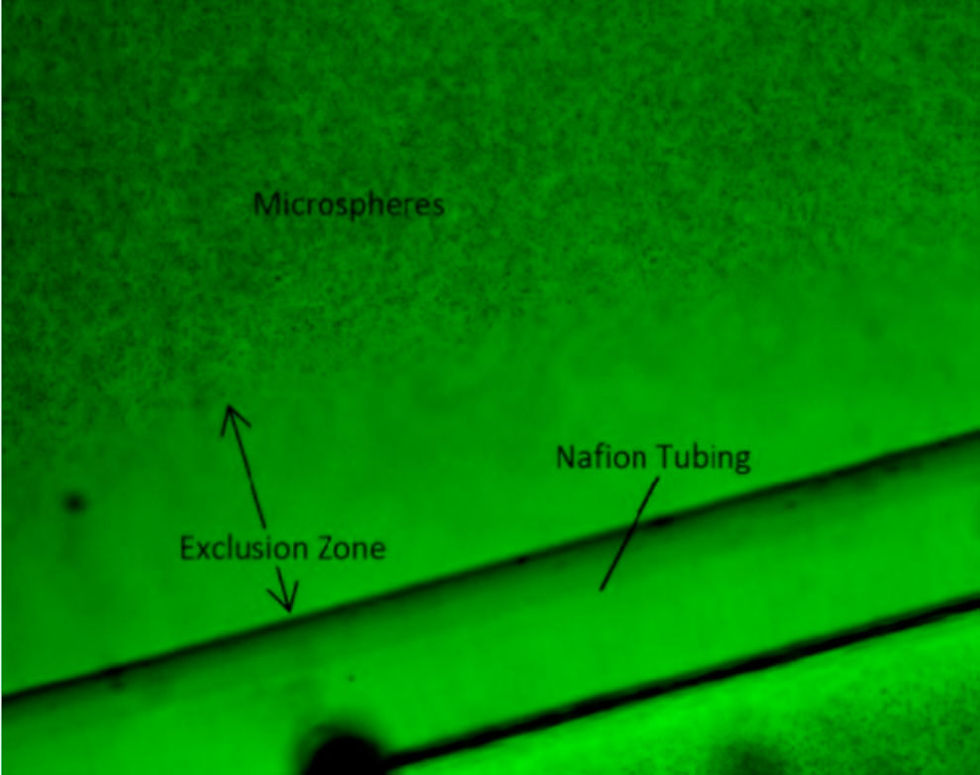Effect of Local and General Anesthetics on Interfacial Water
- Pollack Lab
- Apr 7, 2016
- 1 min read
Paper published Apr 7, 2016

We tested the hypothesis that anesthetics diminish the amount of EZ water, and that this change may correlate with functional changes in anesthesia. By using the local anesthetics Lidocaine and Bupivacaine as well as a general inhalational anesthetic, Isoflurane, we tracked the EZ size as these anesthetics were introduced.
All three anesthetics diminished EZ size in a concentration-dependent manner at concentrations of 0.18 mM and greater for Bupivacaine, 0.85 mM and greater for Lidocaine, and 0.2% for Isoflurane. At extremely low (micromolar) concentrations, however, all three anesthetics increased EZ size.
The sharp increase of EZ size associated with micromolar anesthetic concentrations follows a similar pattern to induction of general anesthesia, from the excitation stage (Stage II) to the depression and overdose stages of surgical anesthesia (Stages III and IV). The results are consistent with the hypothesis that anesthetics may act on water, a fundamental organizational component common to all cells.
















Comments